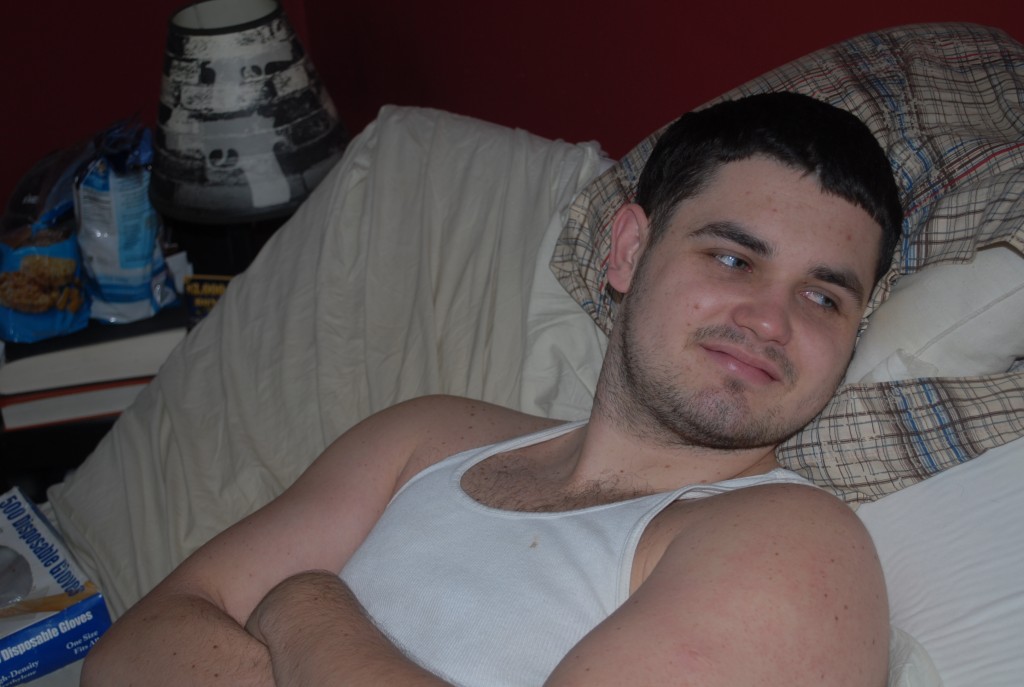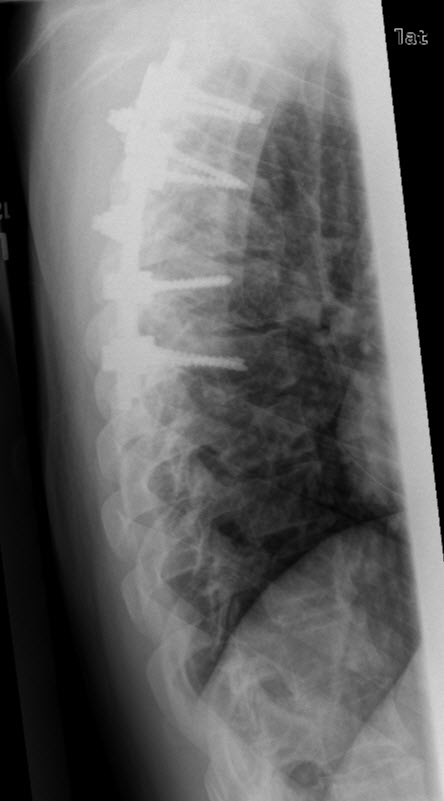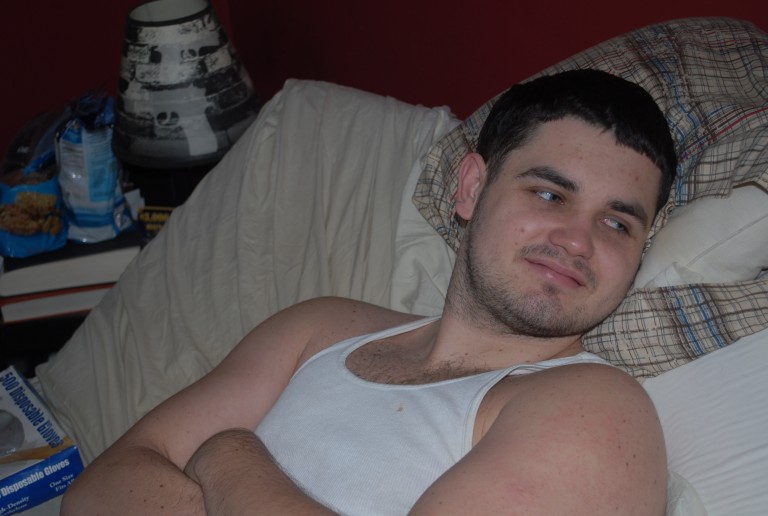
Howard Beach resident, Jay Jendroska hopes to regain his ability to walk by continuing to receive controversial stem cell treatments in Panama. Once an avid athlete, Jendroska’s life as he knew it came to an abrupt end after a motorcycle accident two years ago. Forum Newsgroup photo by Natalia Kozikowska.
On July 15, 2010, Jay Jendroska, long-time resident of Maspeth and current resident of Howard Beach, had just left a parking garage on his motorcycle. He had no way of knowing his life was about to change forever.
As he approached a stop sign on the corner of Green Street and Franklin Avenue in Brooklyn, he lost control of his bike and hit a car in front of him. The fall left him completely paralyzed from the chest down.
The young man claimed that the accident was induced by an oil patch carelessly left on the road. “Some oily substance left from road work that they were doing made me lose control,” Jendroska said.
After three and a half months of being hospitalized, he was left with no choice but to move backin with his mother in Howard Beach. “It’s a whole different procedure for me to get ready now,” he added. “I can’t do a lot of things that I used to do and you lose your independence.”
Prior to his accident, the former construction worker lived on his own and prided himself on being athletic, enjoying activities like going to the beach, surfing, snowboarding, riding his motorcycle, running and working out. “These are all things that I miss,” he said.
He was only 21-years-old at the time of the accident and lost all hope. Adjusting to his new life was not an easy task. “I wanted to kill myself… I had no hope at all,” he said.
Just as it seemed all was lost for Jay, he stumbled upon a glimmer of hope – The Stem Cell Institute in Panama City, Panama.
Their website, CellMedicine.com, told of comprehensive stem cell treatment protocols that employ genetically engineered combinations of stem cells extracted from bone marrow that could be used to treat disabilities and
diseases like multiple sclerosis, spinal cord injuries, osteoarthritis, rheumatoid arthritis, heart disease, autoimmune diseases, cerebral palsy and autism. The Stem Cell Institute claims it has treated as many as 1,500

The inset photo of an x-ray taken after treatments showed an improvement in the pitch of his spine as compared to x-rays taken before going to Panama and receiving stem cell treatments..
patients.
“They take your own stem cells out of your bone marrow… they drill into your hips,” said Jendroska. This particular procedure is different than using embryonic stem cells, the popularly controversial procedure that uses the early stage embryonic cells – derived four to five days old in fetuses.
On their website, 11 testimonials offer stories from patients who have suffered spinal cord injuries and claim that the procedures helped them regain feeling in their legs and some who claim that the procedure has allowed them to walk again.
In February of 2012, Jendroska went for his first $33,000 treatment. He says that he has regained some feeling in his hips.
“I can contract all the muscles in my back below my injury line. I can move my hips – that’s something that was said to be impossible before Panama. Without Panama, it wouldn’t have happened,” he said.
Although the institute claims their procedures may help patients with spinal cord injuries regain some feeling, David McKeon, chief of staff at the New York Stem Cell Foundation, is skeptical.
“There is a major problem in our industry with stem cell tourism. The truth is there is no treatment for someone who is paralyzed,” he said. “There’s been people from Panama and Germany and clinics all over the world where they are offering stem cell treatments for things that haven’t shown to be successful. We haven’t seen any cases that bone marrow stem cells have been able to create the cells that are lost in a spinal cord injury.”
Stem cell procedures overseas are not subjected to regulations adhered to in the United States. According to McKeon, the reason is the procedures are potentially dangerous and in some cases, fatal.
“There are a lot of stories that we’ve seen that people have gone overseas and have come back and have died shortly after. In other cases, people have come back and gotten much worse.”
McKeon admits that it is possible that Jendroska could have regained some feeling in his hips. “I do not know this young man’s injury but it is not impossible that the procedures have helped him in some way… it is just hard to say for sure that his progress is a direct result of the surgeries.”
Despite the controversy surrounding the procedure it has left Jay Jendroska optimistic about his chances of walking again. “Ever since Panama, I have hope,” he said. “In the States they don’t do this,” he added. “Insurance doesn’t cover it and it is the only hope for me to get better. Any hope is better than no hope.”
In order to reach his full potential, he said he will need to return to Panama City for additional treatments. He hopes to return in October but admits money is tight and the surgeries are difficult to afford.
Jendroska and his family are asking for help in raising money for this stem cell treatment. “Any donation is greatly appreciated. This is my only chance for a normal life – my only chance to walk again and go back to doing the things I love most in this world,” he said.
By Natalia Kozikowska

